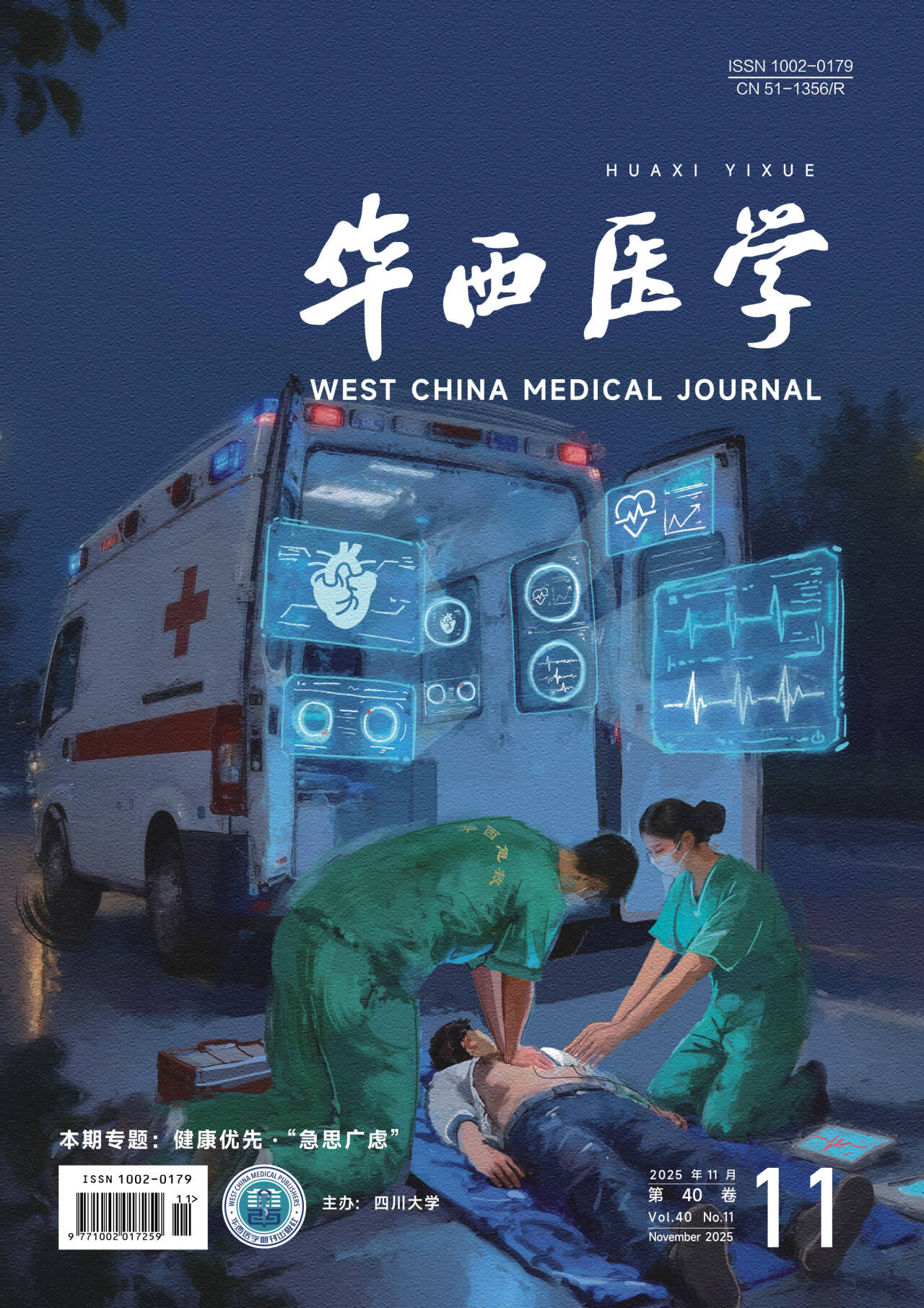Interventional cardiologists have traditionally relied upon fluoroscopic imaging for percutaneous coronary interventions. Transcatheter structural heart interventions, however, require additional imaging modalities such as echocardiography and multislice computed tomography (MSCT) for pre-, intra- and post-procedural assistance. During transcatheter structural heart interventions, interventional cardiologists and non-invasive cardiovascular imagers may use different terminologies to describe a certain structure, thus causing misunderstandings within the team. Herein, we present a modality- independent terminology for understanding volumetric images in the context of transcatheter heart valve therapies. The goal of this system is to allow physicians to readily interpret the orientation of fluoroscopic, MSCT, echocardiographic and MRI images, thus generalising their understanding of cardiac anatomy to all imaging modalities.
Citation: Thériault-Lauzier Pascal, Piazza Nicolò. Imaging modality-independent anatomy of the left heart: implications for left-sided transcatheter interventions. West China Medical Journal, 2018, 33(2): 145-149. doi: 10.7507/1002-0179.201712151 Copy
Copyright ? the editorial department of West China Medical Journal of West China Medical Publisher. All rights reserved
-
Previous Article
Expansion of indications for transcatheter aortic valve replacement -
Next Article
影像學手段通用的左心解剖:從左心經導管治療談起




